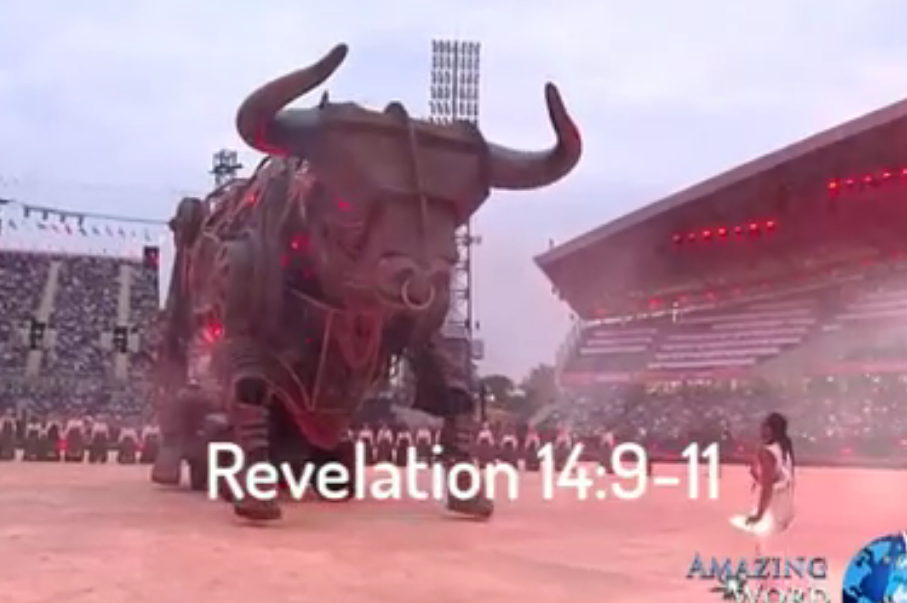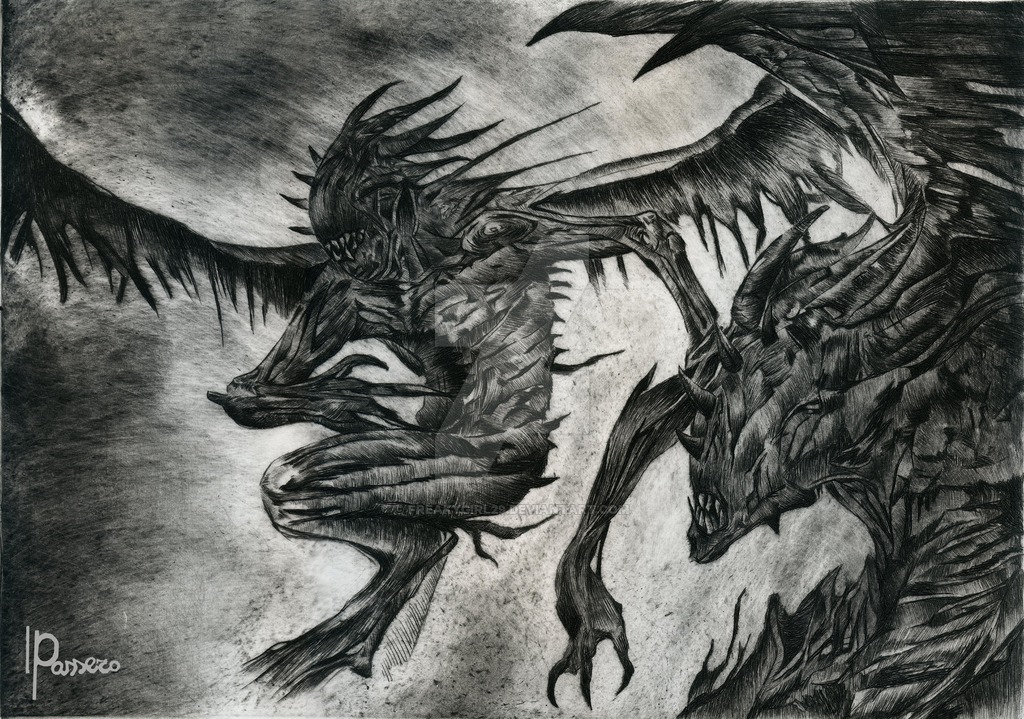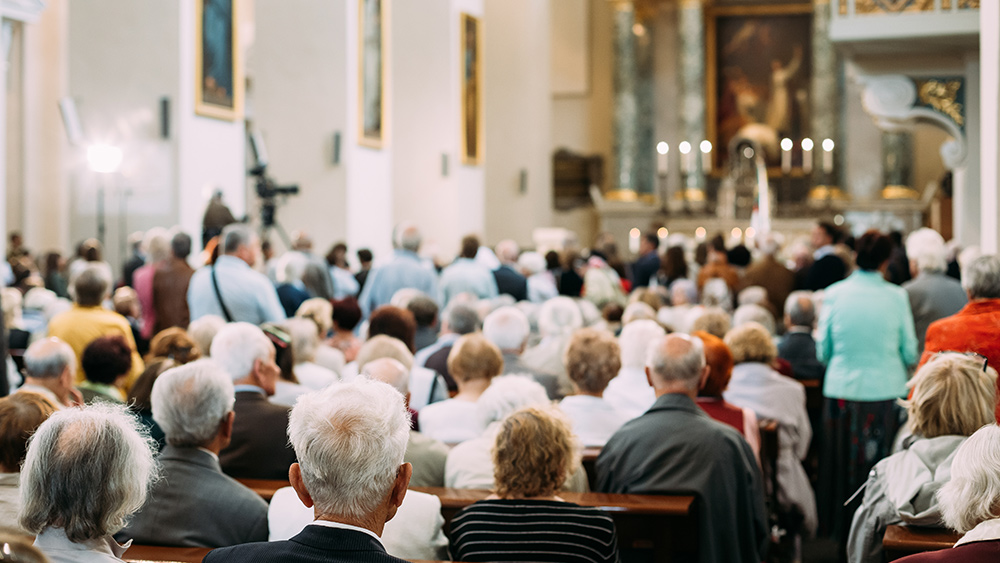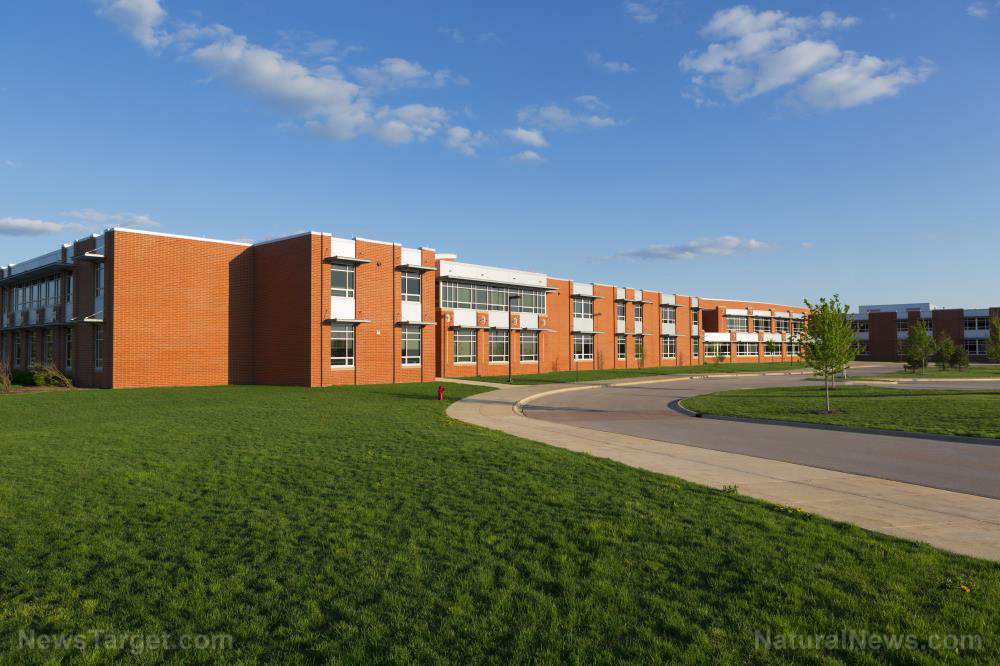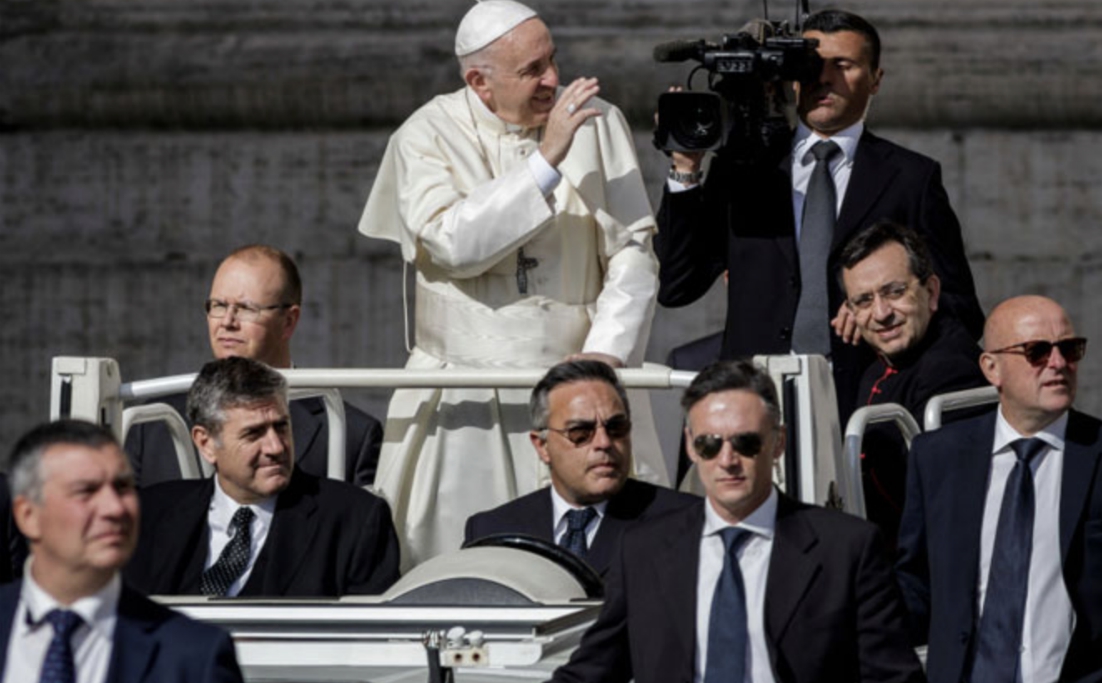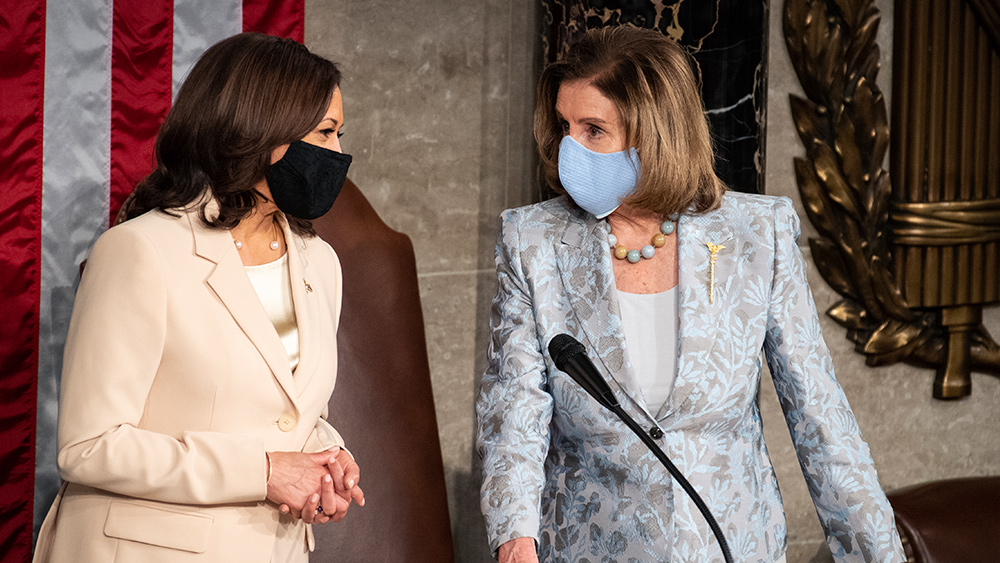
Hate crimes targeting Christians are increasingly becoming normal in Canada. There have been at least 45 attacks on Christian congregations in the country since June, including 17 cases in which churches were completely burned down.
It's a reality most Canadians only thought possible in Middle Eastern countries where terrorist groups bombarded and razed dozens of Christian heritage sites in the name of Islam.
The fires and vandalism span six provinces and the Northwest Territories, some of which have been in the heartland of First Nations' territory. Christians are being forced to defend themselves or hire private security just to protect their places of worship.
The anti-Christian assault in Canada began soon after the unveiling of a residential school burial site in Kamloops, British Columbia which was then followed by more unmarked grave discoveries at a former residential school site in Saskatchewan. (Related: Another church vandalized as mainstream media ignores growing anti-Christian attacks.)
Cities in the provinces of British Columbia, Saskatchewan and New Brunswick canceled celebrations for Canada Day on 1 July in protest. Statues of figures involved with residential schools, including Canada's first Prime Minister John Macdonald, have been vandalized or removed throughout the country.
Far-left shock troops use past tragedies to normalize violence in Canada
Far-left shock troops are suspected of using First Nations tragedies to advance their political goals and normalize violence against Canadians.
Video footage by residents from West Kelowna captured a masked man tossing burning objects into the dry bush. While police have arrested the 36-year-old man responsible, they are protecting his identity. Another video shows two young women, one blonde and the other brunette, splattering St. Jude's Parish in Vancouver with orange paint.
Churches serving indigenous congregations like Saint Kateri Tekakwitha on Spiekne'katik First Nations territory in Nova Scotia have not been spared the ire of the alleged far-left terror campaign.
First Nations leaders have been some of the loudest voices calling for the attacks to end.
"I'm angry. I don't see any positive coming from this and it's going to be tough," said Lower Similkameen Indian Band Chief Keith Crow. Many in the community are Catholic Church members and are very upset about the blaze, he added.
His remarks came after two more Catholic churches were burned down in indigenous communities in western Canada. The fires at St Ann's Church and the Chopaka Church began within an hour of each other in British Columbia. Officers said both buildings were completely destroyed, and they were treating the fires as "suspicious."
Crow said he had received a call early in the morning of June 24, saying that the Chopaka Church was on fire. It had burned to the ground by the time he arrived half an hour later.
Two other Catholic churches in the province were destroyed in fires as Canada marked National Indigenous People's Day on June 21.
Discovery of children's remains and unmarked graves
In May, the Tk'emlups te Secwepemc First Nation announced the discovery of the remains of 215 children at a school in British Columbia. In early June, the Cowessess First Nation found 751 unmarked graves on the grounds of the former Marieval Indian Residential School in Saskatchewan.
The Marieval Indian Residential School was operated by the Roman Catholic Church from 1899 to the 1980s, when the First Nation took over operations in the area where Cowessess is now located in southeastern Saskatchewan. It is not yet clear if all of the remains are linked to the school.
It was one of more than 130 compulsory boarding schools funded by the Canadian government and run by religious authorities during the 19th and 20th centuries with the aim of assimilating indigenous youth. More than 150,000 indigenous children were taken from their families and placed in these schools throughout Canada between 1863 and 1998.
Cowessess Chief Cadmus Delorme said the findings were not from a mass grave, but rather from unmarked graves where headstones had been removed.
Don Bolen, the archbishop of Regina, said the gravesites are unmarked at least in part due to an argument between an oblate priest at the school and a local First Nations chief in the 1960s.
"A priest who was serving there – an oblate priest – entered into a conflict with the chief and took a bulldozer and knocked over huge numbers of tombstones," Bolen said.
"We didn't expect 751 unmarked graves. The number is overwhelming and it points to the pain and the suffering that were connected with that residential school and with the particular moment in the past."
In 2019, the Archdiocese of Regina donated $70,000 to help the Cowessess First Nation restore the gravesite.
Delorme said that the residential school students could have come from southern Saskatchewan and Manitoba. "I have been advised from oral stories of survivors that some southwestern areas of Manitoba did go to Marieval," Delorme said.
Cultural genocide part of Canada's dark past
Florence Sparvier, a survivor of Marieval Residential School, said that she had no choice but to go there and that one of her parents would have been sent to jail if they didn't send a child to the school.
"In order to keep the family together, we went to boarding school. They brought us there, we stayed there. And we learned, they pounded it into us, and really they were very mean. When I say pounding, I mean pounding," Sparvier said at a press conference last month.
Under the Indian Act, indigenous peoples were forced by the Canadian government to attend residential schools.
A commission launched in 2008 to document the impacts of this system found that a large number of indigenous children never returned to their home communities. The commission's landmark report said the practice amounted to cultural genocide. (Related: Leaked documents show how China is using AI and mass surveillance to commit "cultural genocide" and put people in concentration camps.)
In 2008, the Canadian government formally apologized for the system.
Follow OutrageDepot.com for more news and information related to outrage and civil unrest.
Sources include:
Please contact us for more information.
















